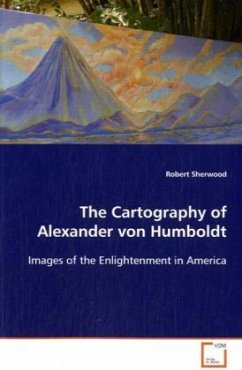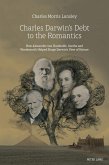The Cartography of Alexander von Humboldt: Images of
the Enlightenment in America offers a cartographic
perspective of Alexander von Humboldt s journey to
the Americas, 1799-1804. Presented in the context of
the European Enlightenment, this study includes
Humboldt s romanticized view of the natural world
that was an essential part of his science and
philosophy. It interprets Humboldt s maps and images
as part of a transatlantic exchange, incorporating
the theme of old Europe and the New World found
throughout his work. Humboldt effectively used
images in the presentation of his ideas, a concept
that has been adopted throughout this study. When
combined with text, images permit a closer reading
of the subject matter than text alone. Just as the
vivid and dramatic paintings of David and Goya
provide clarity to the philosophical writing of the
age, Humboldt s maps and illustrations serve as
visual images of the Enlightenment in early
nineteenth-century America.
the Enlightenment in America offers a cartographic
perspective of Alexander von Humboldt s journey to
the Americas, 1799-1804. Presented in the context of
the European Enlightenment, this study includes
Humboldt s romanticized view of the natural world
that was an essential part of his science and
philosophy. It interprets Humboldt s maps and images
as part of a transatlantic exchange, incorporating
the theme of old Europe and the New World found
throughout his work. Humboldt effectively used
images in the presentation of his ideas, a concept
that has been adopted throughout this study. When
combined with text, images permit a closer reading
of the subject matter than text alone. Just as the
vivid and dramatic paintings of David and Goya
provide clarity to the philosophical writing of the
age, Humboldt s maps and illustrations serve as
visual images of the Enlightenment in early
nineteenth-century America.








